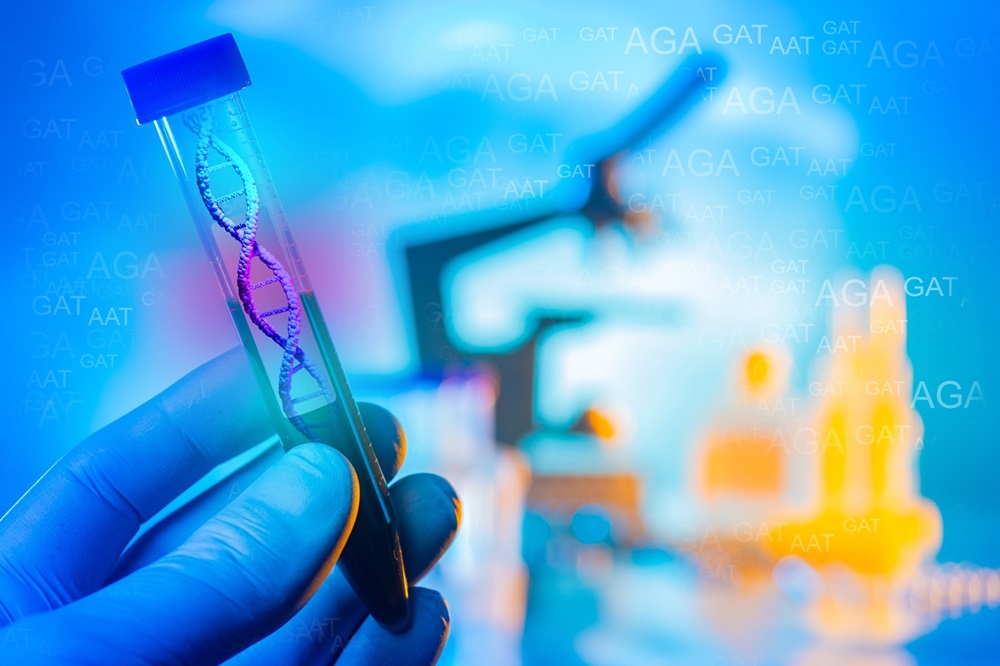Four-Biomarker Panel Could Enable Early Ovarian Cancer Detection
Posted on 16 Jan 2024
Ovarian cancer remains a significant cause of mortality globally. While advancements in cytoreductive surgery and chemotherapy have improved survival for those with epithelial ovarian cancer, prognosis heavily depends on the stage at diagnosis. Early detection, particularly at stage I, offers a five-year survival rate exceeding 90%. However, this rate drops to around 70% for stage II, where cancer is confined to the pelvis, and declines further for later stages, plummeting to a mere 20% at stage IV. Computational models suggest that detecting ovarian cancer in stages I or II could increase the cure rate by 10-30%. Currently, Cancer Antigen 125 (CA125), a protein found in various cells, including those of ovarian cancer, is the only tumor marker recommended for clinical use in diagnosing and managing ovarian cancer. Now, a new study has shown that a panel of four biomarkers is more sensitive than CA125 alone for early ovarian cancer detection, maintaining the same specificity.
In this study, conducted in collaboration with the Early Detection Research Network (EDRN, Bethesda, MD, USA), researchers compared a range of antigens, autoantibodies (AAb), and antigen-autoantibody (Ag-AAb) complexes alongside CA125 for early ovarian cancer detection. The study involved measuring 26 biomarkers in a single sera panel from women with early (I-II) and late (III-IV) stage ovarian cancers, benign pelvic masses, and healthy controls. The participants were randomly divided into a training set to identify the most effective classifier and a validation set to evaluate its performance against CA125 alone. The research identified eight biomarkers capable of detecting ≥8% of early-stage cases at 98% specificity. A panel comprising four biomarkers — CA125, HE4, HE4 Ag-AAb, and osteopontin — identified 75% of early-stage cancers among healthy controls in the validation set, compared to 62% detection using CA125 alone (p = 0.003), maintaining 98% specificity.

This panel also showed a 25% increase in sensitivity over CA125 alone in differentiating early-stage ovarian cancers from benign pelvic masses (p = 0.0004) at 95% specificity. From the 21 autoantibody candidates, three (anti-p53, anti-CTAG1, and anti-Il-8) identified 22% of early-stage ovarian cancers, potentially offering a diagnostic lead time. The study thus pinpointed three biomarkers — HE4, HE4 Ag-AAb complexes, and osteopontin — that effectively complement CA125, potentially increasing early detection of ovarian cancer at 98% specificity. This method could offer a significant lead time of over 18 months in some cases, a crucial factor for the effectiveness of treatment.
Related Links:
EDRN














